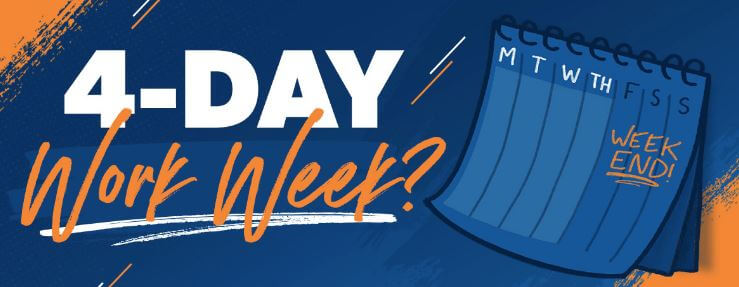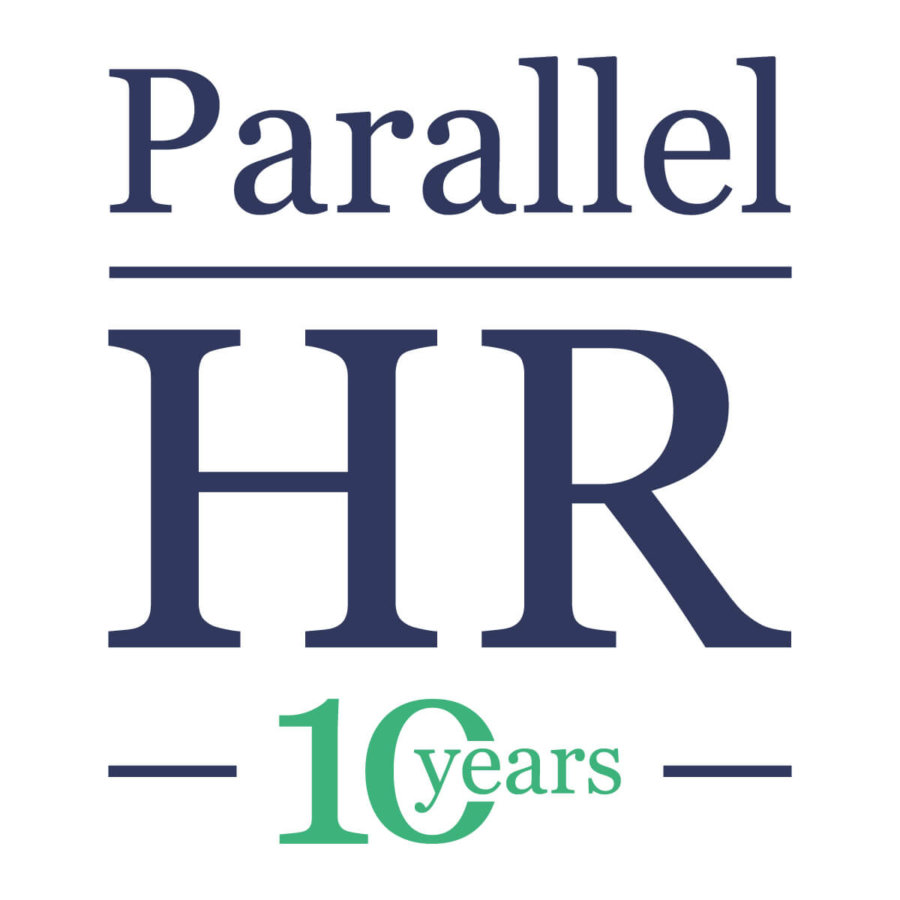Why understanding neurodiversity is important for your business
Comments Off on Why understanding neurodiversity is important for your businessNeurodiversity refers to the range of neurological variations that people may experience. It can include conditions such as autism, attention deficit hyperactivity disorder (ADHD), dyslexia, dyspraxia, dyscalculia, and dysgraphia.
Some individuals process information, communicate, and interact with others in a different way. Recognising and supporting neurodiversity in the workplace helps foster an inclusive and productive work environment.

The importance of understanding neurodiversity
Creating a workplace where neurodiverse individuals can thrive involves understanding their unique needs and challenges. Employees who can be their authentic selves are more likely to remain loyal, perform well, and contribute positively to the organisation.
Encouraging employees to disclose their disabilities and raising awareness about neurodiversity can lead to reasonable adjustments that significantly enhance their work experience.
Leveraging neurodiverse talent
Neurodiverse individuals can bring unique strengths to the workplace. For example, a person with autism might excel in data processing and creative problem-solving, though they might struggle to articulate their ideas. Celebrating these strengths and providing appropriate support can unlock significant potential for your business.
Challenges faced by neurodiverse individuals
Neurodiverse employees may struggle with various aspects of the typical work environment, including:
- Unpredictable situations or changes
- Time management or punctuality
- Procrastination
- Verbal communication
- Sensory overload from noisy or brightly lit environments
- Maintaining concentration
- Sitting for extended periods
- expressing emotions or empathy
Creating a supportive environment
There are some simple steps you can take to support neurodiverse individuals, namely:
- Encourage openness and awareness about neurodiversity among your team. This will encourage people to seek support that works for them and promote understanding.
- Discuss with the individual whether there any reasonable adjustments you may be able to offer. For example, some people may benefit from working in a quiet space or wearing headphones at work. Others may welcome the opportunity to adjust their hours or work from home. Each individual’s needs are different. You may want to discuss this with an occupational health specialist.
- Provide clear, jargon free communication and predictable work schedules.
- Traditional interviews may not be suitable for some neurodiverse individuals, who find not knowing what to expect is challenging. In recognition of this, John Lewis has published it’s interview questions on its website.
- If you do not want to publish your interview questions, you can at least take some of the anxiety away by clearly outlining your process and timeline for recruitment.
- Ensure your job description are clear, precise, and free of jargon. Highlight the specific skills necessary for the role rather than generic qualities.
Meeta Sahni and Flo Weber-Zuanigh recently shared their knowledge in an excellent webinar “Embracing Neurodiversity at Work: Addressing the Unasked Questions”. Thank you both for agreeing to share this valuable content.
If you wish to discuss how you can support individuals or make changes to your business, please contact me.






